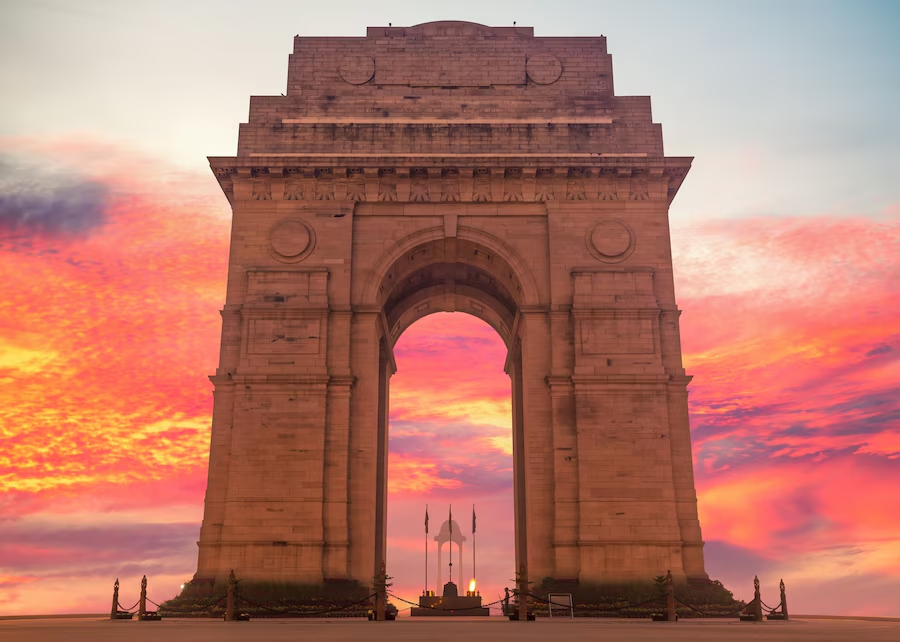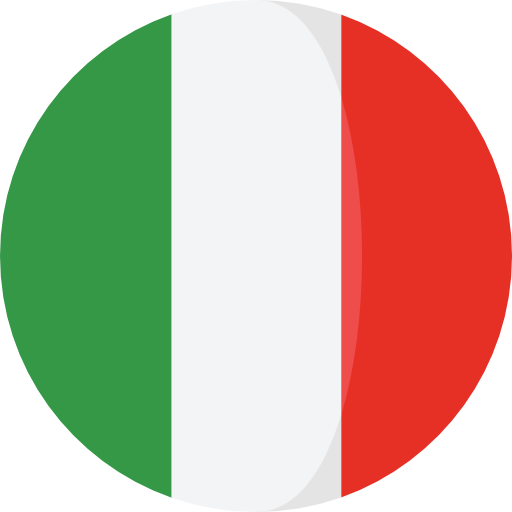For most of us, FMCG products are so woven into daily life—your morning coffee, a quick snack, or that familiar shampoo bottle—they’re almost invisible. But behind these everyday essentials lies a global industry that’s been anything but static.
From 2015 to 2024, the fast-moving consumer goods (FMCG) sector didn't just follow consumer behavior—it sprinted, paused, pivoted, and adapted. What began as a world of brand loyalty and convenience has transformed into a battleground of values, data, speed, and sustainability.
Our latest infographic captures this ten-year shift. But here, we tell the story behind the data.
The Rise of the Conscious Buyer
By the late 2010s, a quiet revolution was brewing. Shoppers stopped picking brands based on habit and started asking harder questions:
Where’s this made? Is it cruelty-free? Why so much plastic?
FMCG companies took notice. Brands with ethical sourcing and environmental credibility began outpacing traditional giants. Transparency wasn’t a PR stunt anymore—it became a strategic necessity.
Digital Changed Everything
E-commerce wasn’t new in 2015, but no one predicted how vital it would become. COVID-19 flipped the switch, accelerating online grocery shopping, app-based deliveries, and direct-to-consumer models.
A decade ago, retail shelves were the final word. Today? Your phone is the aisle, the checkout, and the loyalty card—all in one.
Speed Became the New Strategy
It used to take a year or more to bring a new product to market. Today, FMCG companies are prototyping, testing, and launching within weeks—sometimes days. Real-time social listening, influencer feedback loops, and AI-powered forecasting are shrinking timelines and raising expectations.
Slow and steady? Not anymore.
Big Isn’t Always Best
What surprised many legacy brands was how quickly smaller players gained traction. Agile, niche, and deeply connected to their audiences, challenger brands proved that being relatable often beats being recognized.
Global scale still matters—but only when paired with local nuance.
So, What’s the Takeaway?
The past ten years have shown us this: consumers don’t just buy what’s on the shelf—they buy what makes sense to them. Values. Identity. Convenience. And a brand that knows when to listen.
The FMCG market isn’t about being fast-moving anymore. It’s about being fast-understanding.
Want to explore the shifts visually? Check out our full infographic.
Curious what these trends mean for your business strategy in 2025? Let’s dig deeper—drop us a message.








